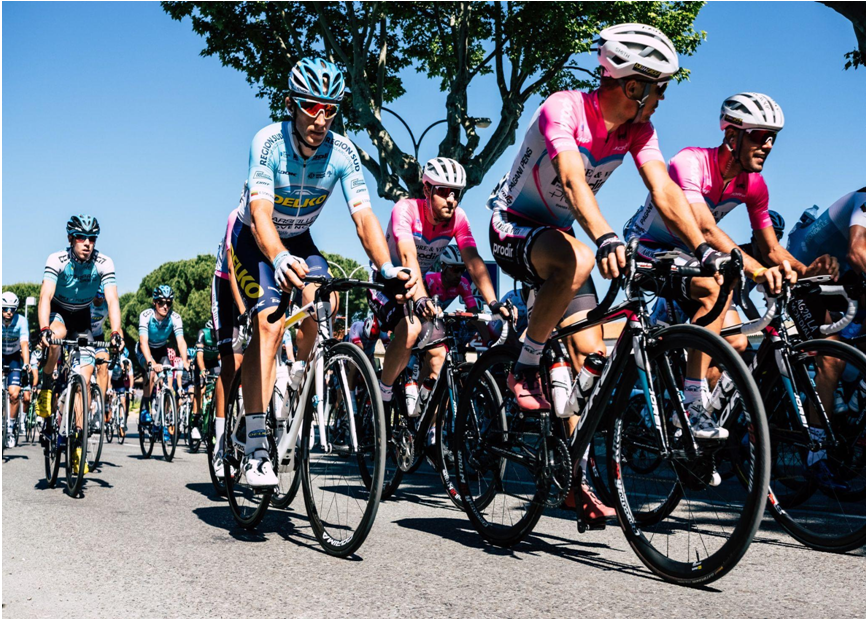Road cycling is a great way to get in shape, meet like-minded people, and introduce yourself to the world of competitive cycling. However, before you jump on your next road bike and hit the roads for hours at a time with no end in sight, it’s important that you know what you’re getting into.
Here are things every cyclist needs to know before they start riding!
Is your bike fit for you?
One of the most important things to consider when starting road cycling is whether or not your bike is fit for you. Bikes are not one size fits all, and just because a friend tells you that their bike works great for them doesn’t mean it will work great for you too. A professional bike fit can help ensure that your bike is the right size for you, and can mean the difference between completing a century ride or ending it early with knee pain. Your bike should fit your height – not just in seatpost length but also handlebar reach & drop
What gear do I need?
Unlike mountain biking, road cycling doesn’t require a lot of gear. In fact, the basics you need to get started are a bike, helmet, and clothes that will keep you warm and dry. However, as your skills progress and you decide to take on longer rides or races, you’ll likely want to invest in some additional gear, such as cycling shoes, a bike computer, and water bottles & cages.
The most important piece of gear to have when road cycling is a helmet. In the event of an accident, your helmet can mean the difference between life and death. Make sure it fits well and always wear it when riding. Also you can look for amazing road bike accessories online and use them to boost your performance.
How should my hands be positioned?
One of the biggest misconceptions about road cycling is that you need to hold your handlebars at a super low position. While this may be true for racing, it isn’t always the best option for those looking to go on longer rides or even compete in races as well. It’s important to find what works best for you and feel comfortable with your hand position. A good starting point is to have your hands parallel to the ground, with your palms facing down.
As you progress in your cycling skills, you may want to experiment with different hand positions that can give you more power and control over your bike. Some common positions are the hoods, drops, and tops of the handlebars.
When does it make sense to sprint?
While road cycling can be a great workout, it isn’t always about going fast. In fact, most professional cyclists will say that the majority of their training is done at a sustainable effort with some sprints thrown in for fun. This means you shouldn’t feel bad if your legs start burning halfway through an interval session and you’re forced to slow down.
If you do want to push yourself and go for it, make sure you know when the right time is to put on the afterburners! If your group is riding at a sustainable pace that’s working well together, don’t try to fight up hills or sprint into corners unless absolutely necessary – save your energy for later.
On the other hand, if you’re out on a solo ride and feeling strong, go ahead and take advantage of those moments! Sprinting at the end of a long climb or powering through a flat section can make all the difference in your average speed. Just make sure to recover properly so you don’t bonk and find yourself struggling on the next climb.
Now that you know some of the basics, it’s time to get out there and ride! Remember these tips when getting started so your road cycling experience is a positive one from start to finish.

